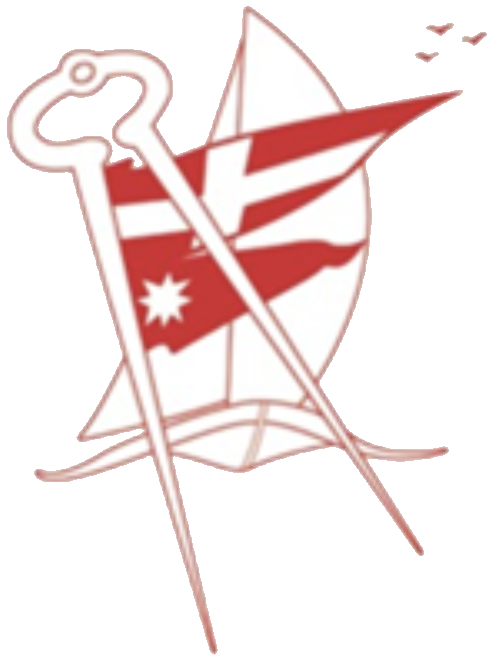By Niclas Westling.
If you’re anything like me, you want to understand the various systems on the boat. Why? Well, when things go wrong, and you’re out to sea it can be very handy to be able to do some basic troubleshooting. Also, it may give some satisfaction, and save quite a few dollars, to be able to make some of the changes and repairs yourself.
Specifically, I have lately been trying to understand and get on top of the 12V electrical installation on our Catalina, and in doing so been documenting the various wires, components and connections. Wherever I can, I try to simplify the electrical system as I believe it helps to keep it functional and maintainable.
A few of the “projects” done to date
- Installing an inverter allowing us access to 240V for mobiles, laptops, etc that constantly need charging.
- Replacing two big AGM house batteries with one Lithium battery (big weight and space-saving)
- Moving starter battery 2.5m closer to the engine, and hence shortening battery cables significantly
- Installing LED lights in v-berth and aft cabin. Quite a simple job that doesn’t cost much but is highly appreciated.
- Replacing incorrect and dangerous wiring done in various places. E.g. battery charging cables which were too thin causing them to become very hot – borderline fire hazard!
- Removing various unconnected wires left from some previous installation but with no current use.
Documenting as you go
Documentation has two main parts:
- Labeling wires on the boat so you understand where they go and what their purpose is
- Having some form of electrical circuit diagram explaining how it all fits together
A lot of the time understanding the electrical system is done crawling around the boat following cables to see where they come from or where they go, especially since almost nothing was labeled on our boat. As my memory is short and I’m not keen on redoing the work in a year or so, I find it a very good idea to label the wires as I find out where they go. I found some nice little cable-tie labels online, which I could write on with a Sharpie permanent marker.

Also, having some form of diagram explaining how it all fits together is a very good idea. It helps clarify your own understanding, helps in troubleshooting, and can be very beneficial when planning to add new components to the system. And although you won’t get a better price for your boat when selling it, the next owner will most likely really appreciate your documentation.
In its most simple format, the circuit diagram could be a handwritten sketch of your system, or it can be documented on a computer. I chose to do the latter partly because it looks better, but also it makes it so much easier to update and modify it which undoubtedly will need to happen. No sooner have I printed a version of my diagram, before I start to scribble on it and find changes that are needed. Having said this, a handwritten diagram is much better than no documentation at all.
I also like to include pictures of the various components, which may not be the formal electrical engineering standard, but I think it makes it easier to follow and understand. A diagram like this could be easily made in MS Visio, or an online equivalent I used called Lucidchart.

I hope I may have inspired some of you to take some steps to a better labelled and documented electrical system on your boat. Good luck!
DISCLAIMER – WARNING: Any fixed installation work involving 240V should only be done by a qualified electrician.

Recent Comments